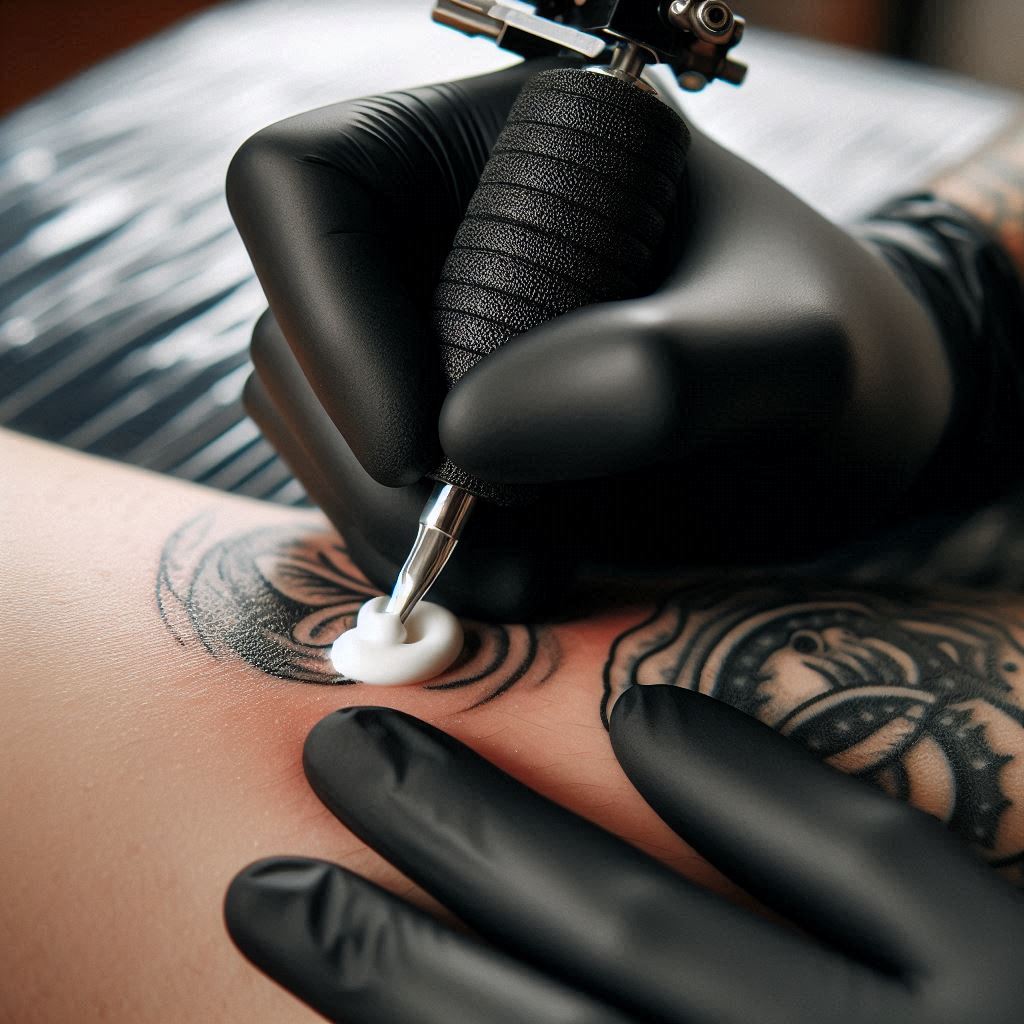Introduction:Is Tattoo Numbing Cream the Secret to a Pain-Free Tattoo Experience?
Tattooing is an exhilarating experience, but for most, the pain is the greatest challenge. Imagine if you could reduce the pain and make the experience a lot more tolerable. That’s where tattoo numbing cream steps in. But how useful is it? Is it truly the magic solution to a pain-free tattoo session? Let’s explore the mechanism of numbing creams and their effect on your tattooing process.
Are Numbing Creams Effective for All Tattoo Sessions?
Not all tattoos require numbing cream. Small tattoos on less sensitive areas, like the upper arm or calf, usually don’t necessitate pain relief. But if you’re having a big tattoo or one in a really sensitive spot—like your ribs, spine, or elbows—numbing cream can be really useful. It’s always best to talk to your tattoo artist before you use numbing cream. They can provide you with some personalized advice depending on your skin and the design.

Do Tattoo Artists Approve the Use of Numbing Creams?
The response is different from one artist to another. Some tattoo artists are completely okay with the use of numbing creams, provided they are applied properly. These artists know that some clients might have a low pain threshold, and applying a numbing cream can make the experience more bearable without slowing down the process. Other artists, however, are worried about how numbing creams can impact the skin’s reaction to the tattoo needles.
Why Do Tattoo Artists Shun Numbing Creams?
The primary reason tattoo artists shun numbing creams is that they are of the view that the cream may influence how the skin embraces the ink. When the skin is numb, it may become less receptive to the tattoo machine, which in turn may lead to uneven saturation of the ink. In some cases, it may even have an impact on the quality of shading and details. Moreover, a few tattoo artists believe pain to be an integral part of the process, making clients value the art they get.
Can Numbing Creams Affect the Quality of Your Tattoo?
It’s easy to lessen pain, but would using numbing cream even impact the finished appearance of your tattoo? Let’s discuss how numbing creams could possibly interfere with your tattoo’s appearance.
Will Numbing Creams Affect the Tattoo’s Ink Quality?
Numbing creams are safe in most cases and won’t hurt the quality of your tattoo if applied correctly. If, however, the cream is applied too generously or incorrectly, it can form a barrier that can make it more difficult for the tattoo needles to enter the skin effectively. This might result in less clean lines or an uneven coloration. Be sure to follow any advice given by your tattoo artist and apply the cream lightly so the ink flows smoothly.
How Do You Use Numbing Cream Without Compromising Tattoo Quality?
To ensure that you don’t compromise the quality of your tattoo, be sure to observe these easy-to-follow tips: Use the numbing cream sparingly and allow it sufficient time to act before your session. Don’t over-saturate the skin, and always discuss with your tattoo artist in advance. They may have favorite products or methods that best suit their tattooing technique.